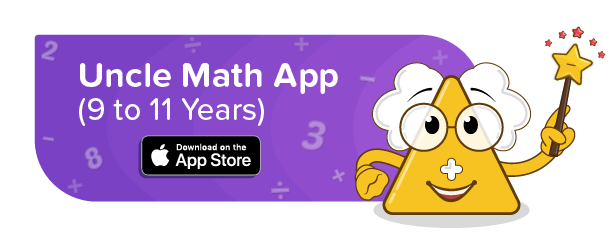Decimals
Decimals have always been a problematic subject for children. The majority of them fail to understand usability and its need in daily life. Let us understand decimals in a better way. Also discover ways to teach them in an easy way.
What is a decimal?
- Decimals are special types of fractions whose denominators are always 10 or power of 10 like 10,100, 1000 etc.
- A decimal number consists of a decimal point.
Why decimals numbers are needed?
Many times normal whole numbers cannot accurately represent a value. Thus decimals were invented to add more accuracy to measurements.
We use decimals in:
- Measuring weights
- Measuring lengths
- Measuring temperatures
- Measuring distances
- Money
Decimal place values:
How whole numbers have place value, similarly decimals too have it.
Expansion form of decimal fraction:
Reading decimal numbers:
There are two ways to read a decimal number.
- Read the whole number followed by “point”, then read the digits in the fractional part separately. For example, we read 85.64 as eighty-five point six-four.
- Read the whole number part followed by “and”, then read the fractional part in the same way as we read whole numbers but followed by the place value of the last digit. For example, we can also read 85.64 as eighty-five and sixty-four hundredths.
The first method is more widely used.
Converting fractions into decimals:
- To convert the fraction into a decimal, we add decimal points based on the number of zeroes present in the denominator.
Let us convert 6/10 into decimals:
Step 1: Write the numerator as it is
Eg: 6
Step 2: Check the number of zeroes in the denominator.
6/10 has one zero in the denominator.
Step 3: Add a decimal point such that the number of digits after the point matches the number of zeroes in the denominator.
6/10 = 0.6
Converting decimals to fractions:
- To convert a decimal into a fraction, write the decimal number without a point in the numerator and add the number of zeroes based on the number of digits after the decimal point in the denominator.
Let us convert 5.75 into a fraction.
Step 1: Write the decimal number without the decimal point.
Eg: 575
Step 2: Write the denominator based on the digits after the decimal point.
Eg: 5.75 has two digits after the point. So the denominator will be 100
Step 3: Write the final answer.
Eg: 575/100
Teaching through stories:




